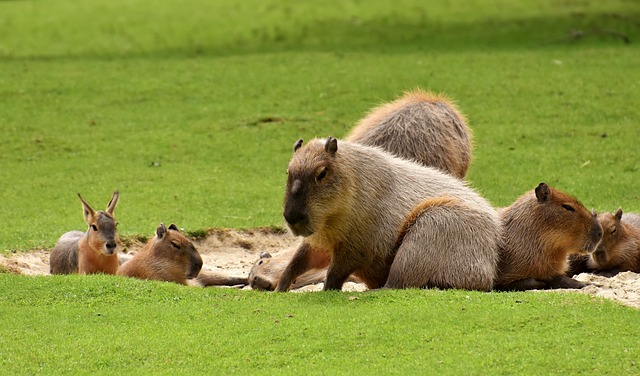Many people enjoy watching squirrels scamper about in their yards or parks. However, some may wonder if squirrels come out in the wind. The answer is yes, squirrels will come out in the wind, but their behavior may change.
Squirrels are active animals that will venture out to gather food regardless of weather conditions. However, when it is windy, they may be more cautious and move more slowly to avoid being knocked off balance.
They may also seek shelter in trees or other protected areas until the wind dies.
It is important to note that squirrels are adaptable creatures and can adjust their behavior to various weather conditions.
While they may be more cautious in the wind, they will still come out to forage for food and carry out their daily activities.
Do Squirrels Come Out in the Wind?
Factors That Affect Squirrel Behavior
Squirrels are active during the day and are known to be active in various weather conditions. However, several factors can influence their behavior, including temperature, precipitation, and wind.
For example, squirrels may be less active during extremely hot or cold temperatures and seek shelter during heavy rain or snowfall.
How Wind Affects Squirrel Behavior
Wind can also have an impact on squirrel behavior. Strong winds can make it difficult for squirrels to navigate their environment, and they may be more cautious when moving around.
In addition, high winds can make it more difficult for squirrels to hear approaching predators or other potential threats, making them more skittish and less likely to venture out.
Squirrel Adaptations to Windy Conditions
Despite the challenges of windy conditions, squirrels have several adaptations that help them cope. For example, their tails are used for balance and can be used like a sail to help them navigate through the air.
In addition, their strong hind legs allow them to jump and climb easily, even in windy conditions. Squirrels also build their nests in sturdy trees or structures that withstand strong winds.
Overall, while wind can have an impact on squirrel behavior, they are generally able to adapt and continue their daily activities.
Squirrel Behavior in Different Weather Conditions
Squirrels in Rainy Weather
During rainy weather, squirrels stay in their nests or dens to avoid getting wet. They also tend to be less active during the rain because the wet conditions make it harder to move around and find food. Squirrels may also use this time to groom themselves or spend time with their young.
Squirrels in Snowy Weather
When it snows, squirrels may find food more complicated since it may be buried under the snow. They may also have a more challenging time moving around since the snow can be deep, making climbing trees or running along the ground harder.
However, squirrels adapt to cold weather and can survive in the snow by using their bushy tails to keep warm and burrowing into the snow for shelter.
Squirrels in Sunny Weather
On sunny days, squirrels are more active and spend more time outside their nests or dens. They may use this time to search for food, mate, or play. However, squirrels may also seek shade during the hottest parts of the day to avoid overheating.
Conclusion
In conclusion, squirrels are known to come out in windy conditions, especially if they need to forage for food or engage in other activities. While they may be more cautious and move slowly in strong winds, they can still navigate their environment and daily routines.
It is important to note that while squirrels can withstand windy conditions, extreme weather, such as tornadoes or hurricanes, can be dangerous for them. In these situations, they may seek shelter in trees or other protected areas to avoid harm.
Overall, while windy conditions may affect squirrels’ behavior, they can still function and carry out their daily activities. It is essential to respect their natural habitat and avoid interfering with their routines, especially during extreme weather.



